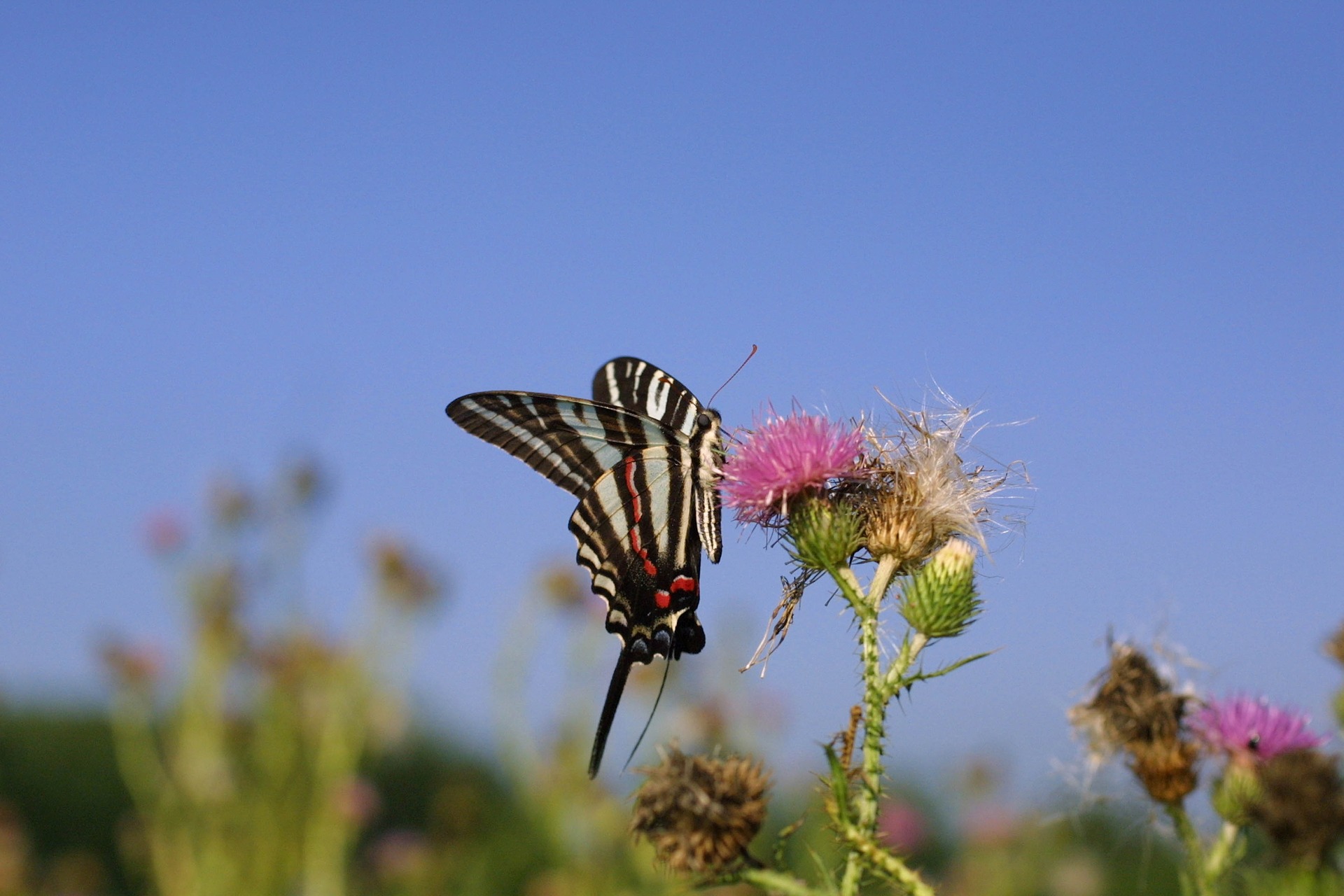Ever since the Chinese began using silkworms 5000 years ago, people around the world have bred butterflies and moths in captivity for commercial gain. More recently, in the past fifty years, some of the world’s most beautiful butterflies have also been bred specifically for living displays, and for the collectors’ market. Technologies have been developed as far afield as the USA, Costa Rica, El Salvador, Surinam, Ecuador, Malaysia, Kenya, Philippines, Thailand and Papua New Guinea (PNG).
There is now also a growing number of successful examples of captive breeding for non-commercial, conservation purposes. In the UK, the Marsh Fritillary has been successfully captive bred and reintroduced to restored habitats, whilst in the USA the Miami Blue is the subject of a similar recovery programme in Florida. In a recent review of British and American conservation efforts, a total of 26 such butterfly reintroductions were found to be taking place, often with a considerable degree of success.
In PNG, captive breeding has been practiced since 1978, when the government established, in Bulolo, the Insect Farming and Trading Agency (IFTA), specifically to help smallholders diversify their sources of income. At the same time, the government promoted the utilisation of wildlife resources for conservation purposes, recognising a growing international consensus that a well-regulated commercial scheme can provide benefits to wildlife as well as to people. PNG now has a half-century of tradition in breeding butterflies, but this has not yet been used to the full benefit of Queen Alexandra’s Birdwing, a rare species whose males fly high in the forest canopy, and which is protected from commercial exploitation by national law, as well as by listing under CITES Appendix 1.
